How to move a washing machine
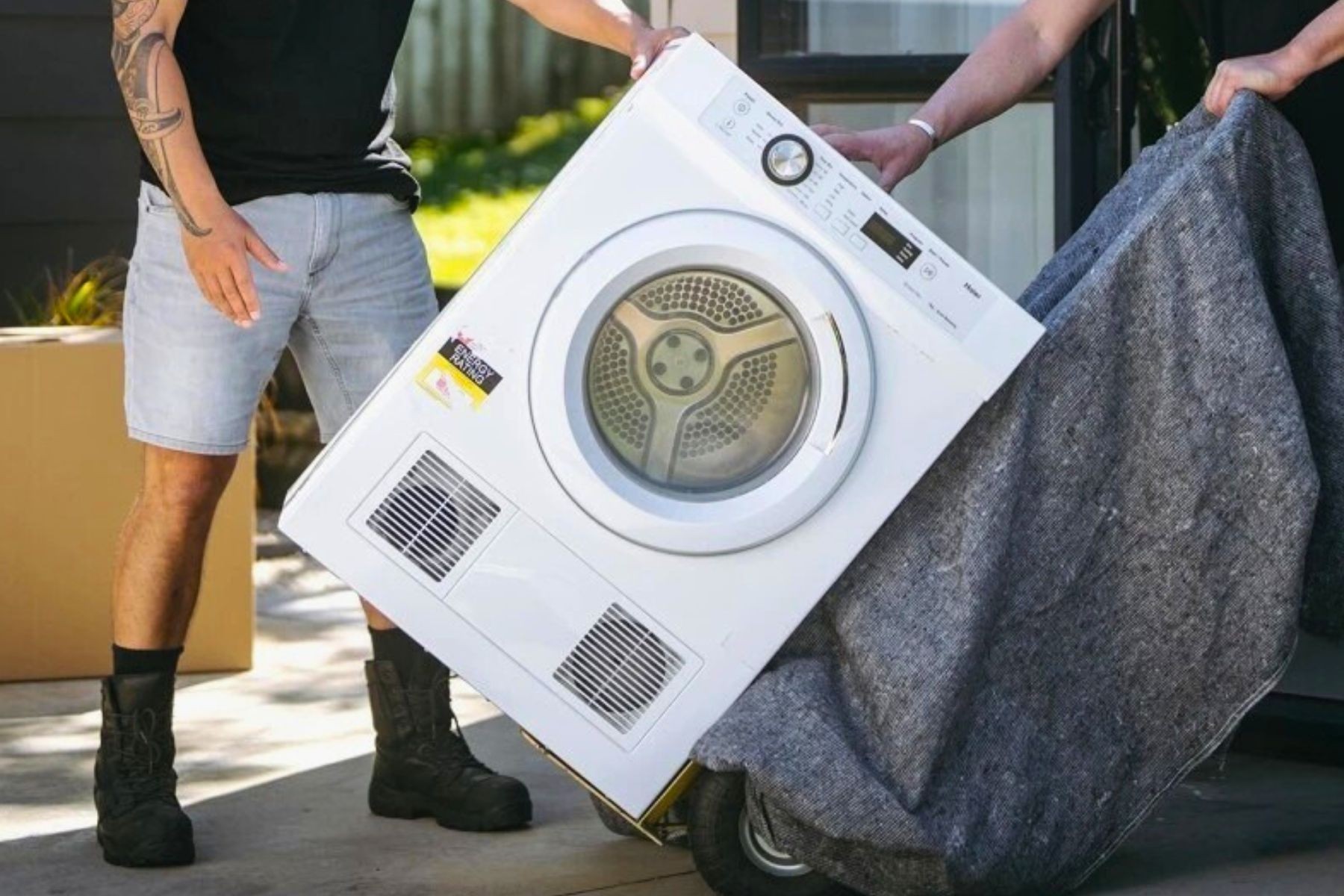
Moving a washing machine can be a bit of a mission. It’s bulky, awkward to grip, and one wrong move can result in scratched walls, water damage, or a busted machine. But with the right prep and a little help, it doesn’t have to be a drama.
Whether you're moving house or rearranging your laundry, here’s how to move a washing machine safely - without denting the machine, damaging your home, or doing your back in.
1. Prep the washing machine properly
Before you lift a finger, make sure your washing machine is fully prepped for moving:
- Unplug and disconnect all hoses and cords.
- Turn off water supply valves and disconnect hot and cold hoses (have a bucket and towel handy, they’ll leak).
- Drain remaining water from the machine. Most washers have a drain hose or a small filter you can access to empty leftover water.
- Secure the drum. Most front loaders come with shipping bolts, these stop the drum from swinging around and getting damaged. If you've kept the originals, reinstall them. If not, wedge towels or foam padding inside to reduce movement during transport.
PRO TIP: If your transit bolts have gone astray, you can use foam pipe insulation or tightly rolled towels to reduce drum movement. It’s not as safe as the original bolts, but it’s better than leaving the drum unsecured especially for short-distance moves.
2. Protect your machine and your home
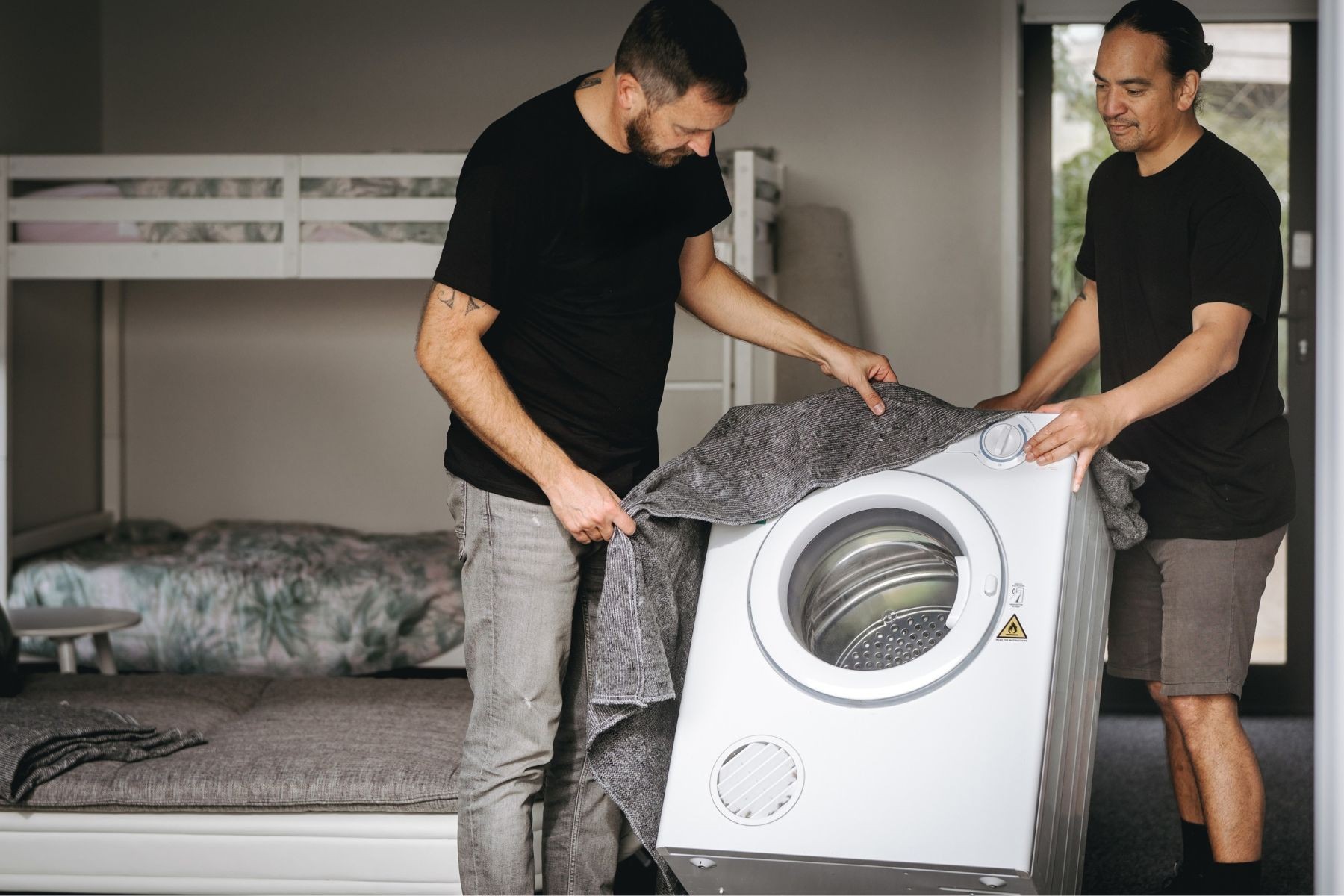 Washing machines aren’t just heavy, they’re also hard to manoeuvre in tight spaces. Here’s how to avoid scratches, dents and damage:
Washing machines aren’t just heavy, they’re also hard to manoeuvre in tight spaces. Here’s how to avoid scratches, dents and damage:
- Wrap the machine in moving blankets or bubble wrap to protect it from bumps and knocks.
- Tape cords and hoses securely to the back of the machine so they don’t drag or catch on anything.
- Use furniture moving techniques to protect your floors when moving the machine across tiles or floorboards.
- Cover doorframes and walls with towels or corner protectors if you’re dealing with narrow hallways.
A quick guide to what's safe (and what's not)
| Do | Don’t |
| Use an appliance trolley | Lay the machine on its side |
| Reinsert transit bolts | Forget to unplug it first |
| Protect corners and walls | Rush through narrow spaces |
3. Use the right moving equipment
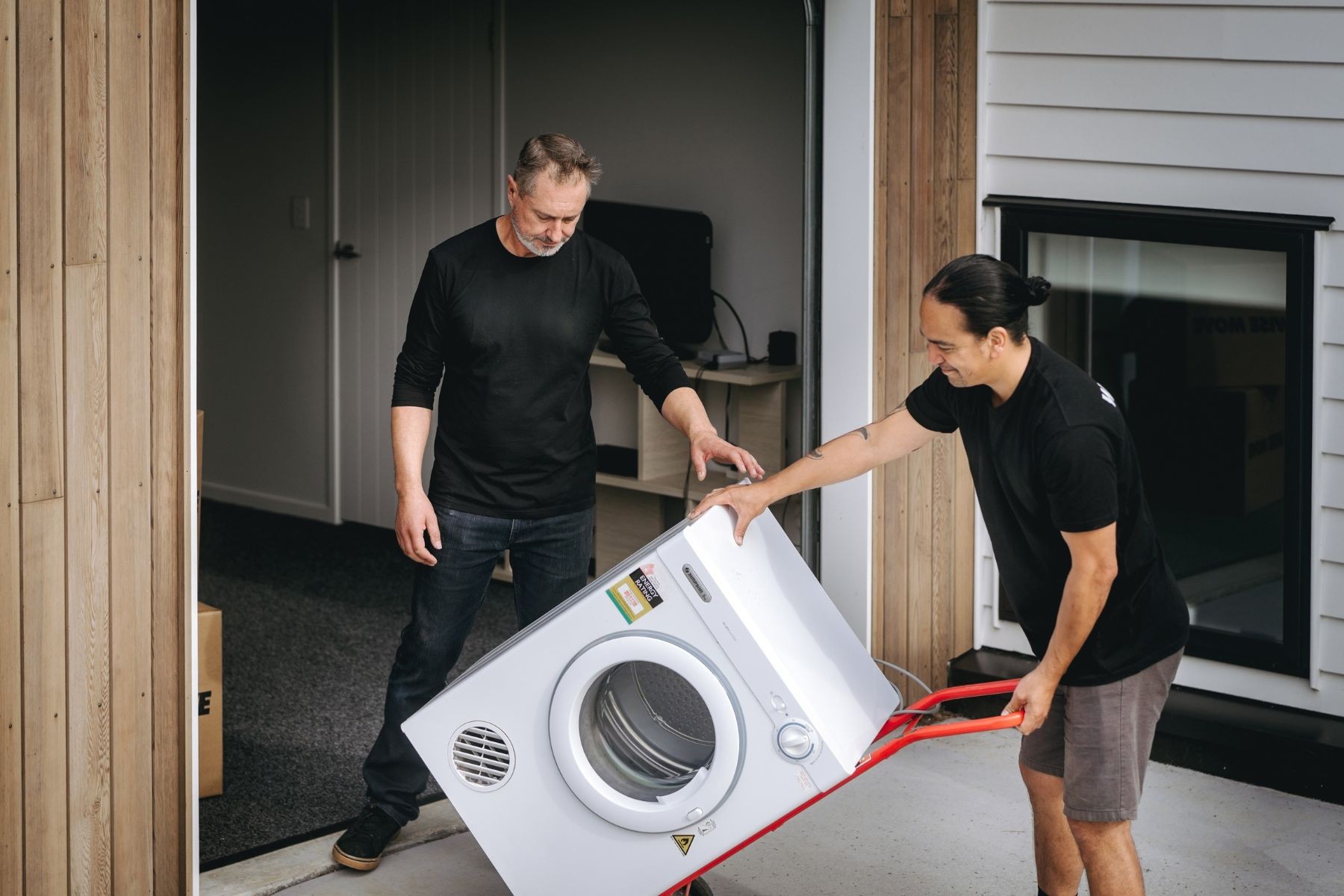 Don’t try to muscle it on your own. With the right gear, moving a washing machine becomes much safer and less painful:
Don’t try to muscle it on your own. With the right gear, moving a washing machine becomes much safer and less painful:
- Appliance trolley: A heavy-duty trolley with straps designed for large items like fridges and washing machines. Essential for getting down stairs or over thresholds. If you’re also moving other appliances, check out our guide on moving a fridge.
- Moving straps: Shoulder or forearm straps can help balance the load between two people and reduce strain.
- Furniture blankets and tape: To keep the washing machine protected in the truck or trailer.
For official safety guidelines on lifting and handling, SafeWork NSW has a clear guide on managing hazardous and heavy lifting.
4. How many people does it take to move a washing machine?
At least two people, ideally three, if you’ve got stairs, tight corners, or need to lift it into a vehicle. A standard washing machine weighs anywhere from 60 to 80kg, so it's not a one-person job.
Here's a rough guide to the average weight and handling difficulty:
| Type of Washer | Average Weight | Moving Difficulty |
| Top Loader | 60–65kg | Medium |
| Front Loader | 70–85kg | Harder (heavier, bulkier) |
Having an extra pair of hands can also help with guiding, spotting and easing the machine through tricky areas without bumping into walls or skirting boards. For more tips on handling oversized items, here’s how to move large household items with more ease.
5. Loading and transporting the machine
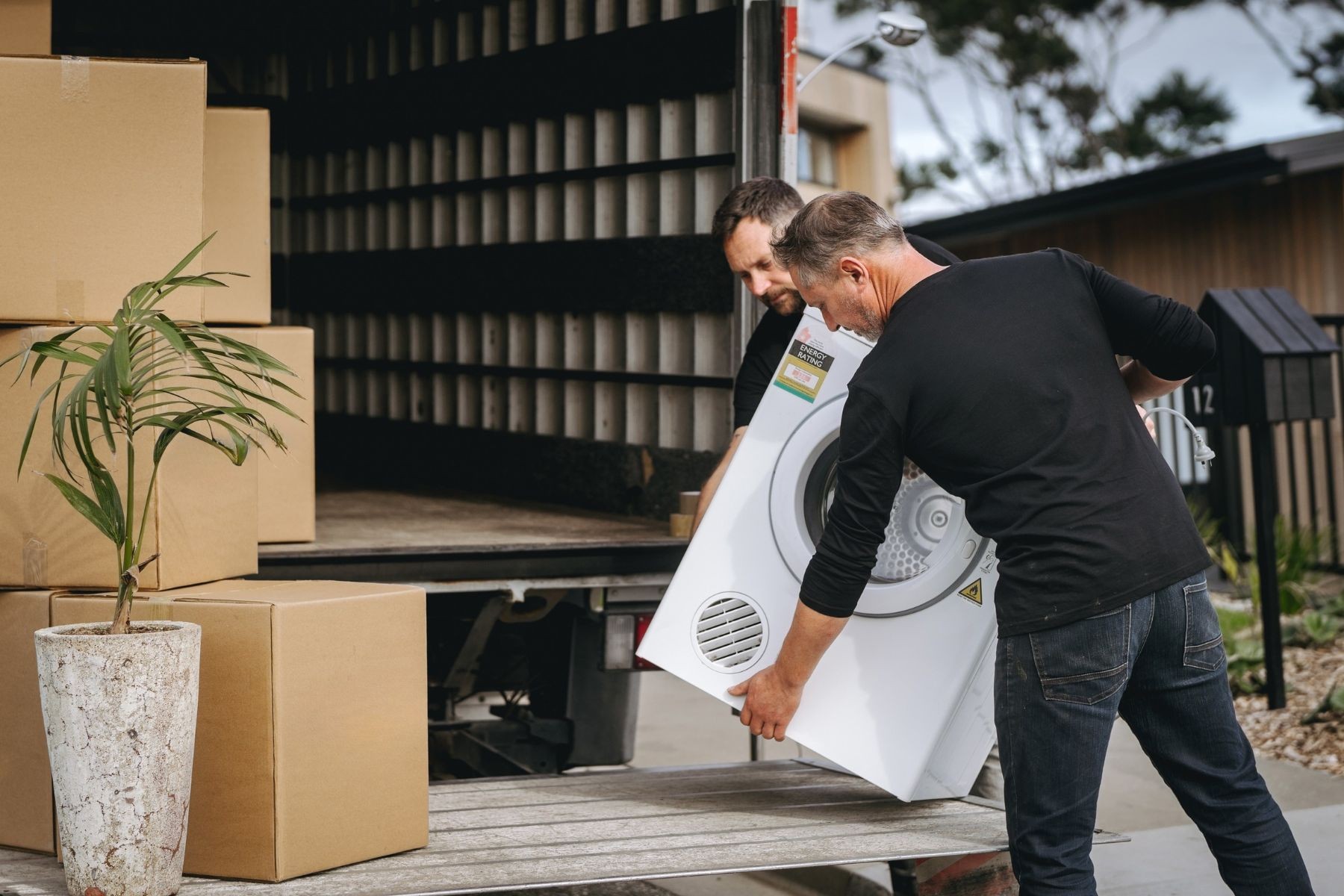
- Keep it upright: Always move a washing machine in an upright position. Laying it down can damage the drum or cause fluid to leak into places it shouldn’t.
- Strap it in: In the moving vehicle, use ratchet straps or bungee cords to stop the machine from shifting in transit.
- Avoid stacking items on top of the washing machine, even if it seems sturdy, the pressure can cause internal damage.
For a step-by-step approach, take a look at our guide to loading, transporting and unloading your move.
Bonus tip for long-distance moves: Position your washing machine snugly between soft furniture like mattresses or wrapped lounges to stop it shifting in transit. The less space it has to bounce around, the better.
6. Reinstalling the washing machine
Once you've arrived at your new place:
- Remove any drum stabilisers or towels you used to secure the drum.
- Reconnect hoses and power, making sure connections are tight to avoid leaks.
- Run a test cycle to check for stability and any leaks before doing a full load.
Troubleshooting if something goes wrong
The washer is shaking or banging during a cycle: You might’ve forgotten to remove the transit bolts. These need to come out before you run a wash cycle.
Water is leaking underneath: Double-check that the hoses are properly connected and the drain filter is sealed tight.
Machine won’t turn on: Check that the power cord wasn’t damaged during the move, and that the wall socket is working.
If you’re dealing with more delicate or high-value machines, you might want help from specialist removalists for technical equipment.
FAQ
- Can I move a washing machine by myself? It’s not recommended. Washing machines weigh 60-80kg and can cause injury or damage if moved alone.
- Do I need to drain my washing machine before moving it? Yes. Leftover water can spill and cause water damage.
- Can I lay a washing machine on its side during transport? No. This can damage internal parts and leak fluids.
Want to make it easier? Let Upmove handle it
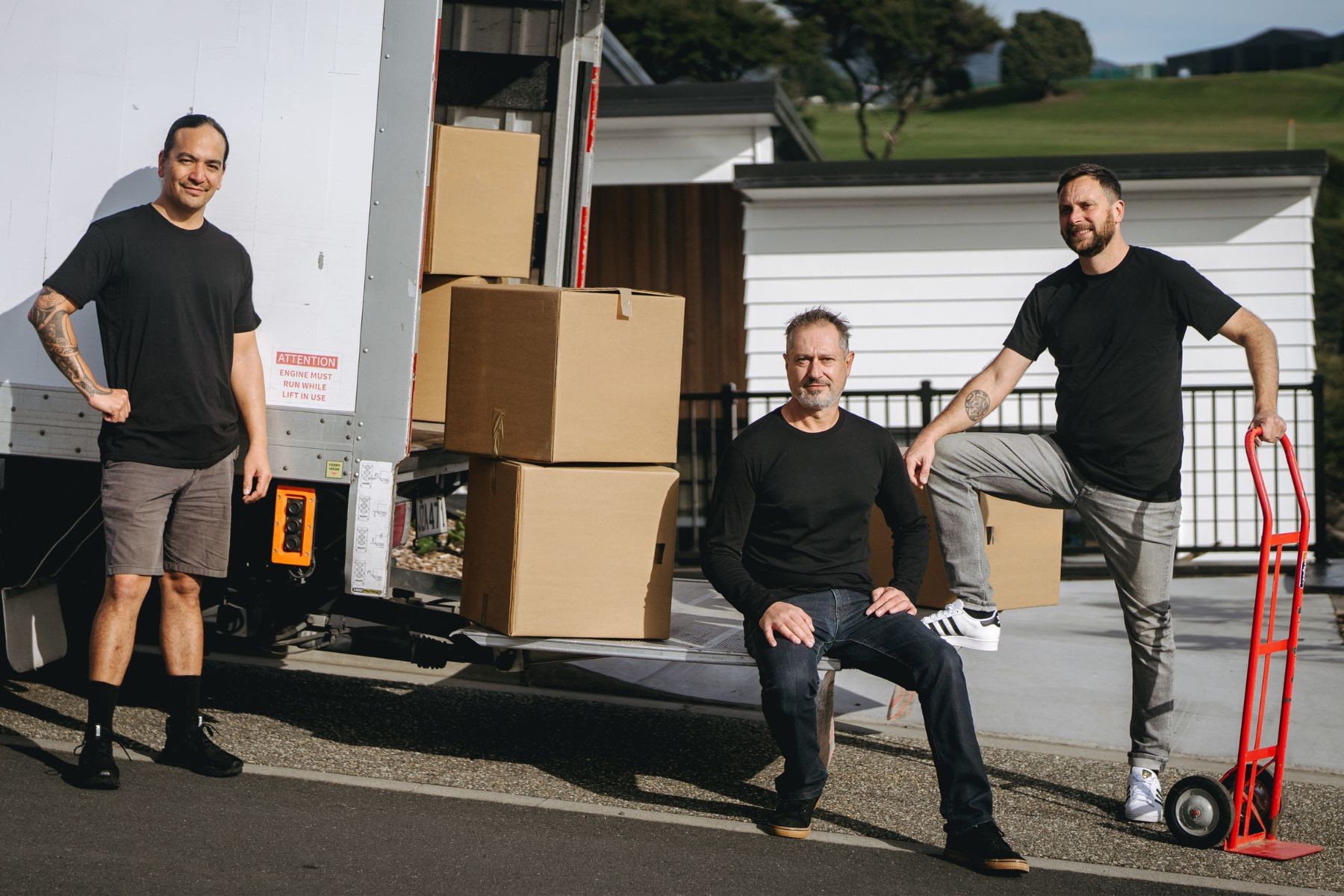
The SA Government has put together some good advice on what to consider when using a removalist, and Upmove makes it easy to put that into practice by comparing trusted movers in one place.
Moving a washing machine is one of those jobs that sounds easy, until you try to do it. If you want to skip the heavy lifting, you can find trusted, affordable removalists on Upmove who know exactly how to handle bulky appliances with care.
Compare quotes, read real customer reviews, and book local moving pros who’ll get your washing machine (and everything else) from A to B without a single dent. Book a trusted removalist now and let Upmove handle your washing machine move, without the damage or the hassle.
What do our customers say?



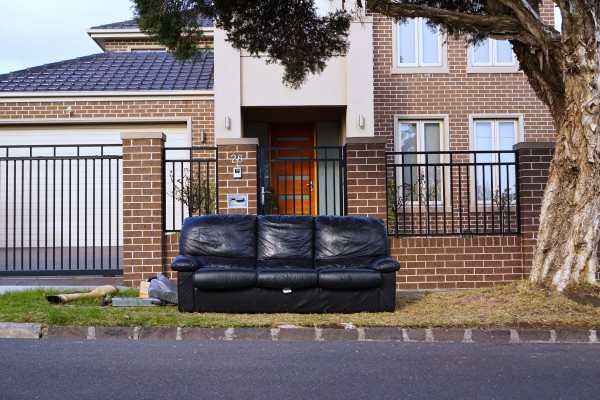
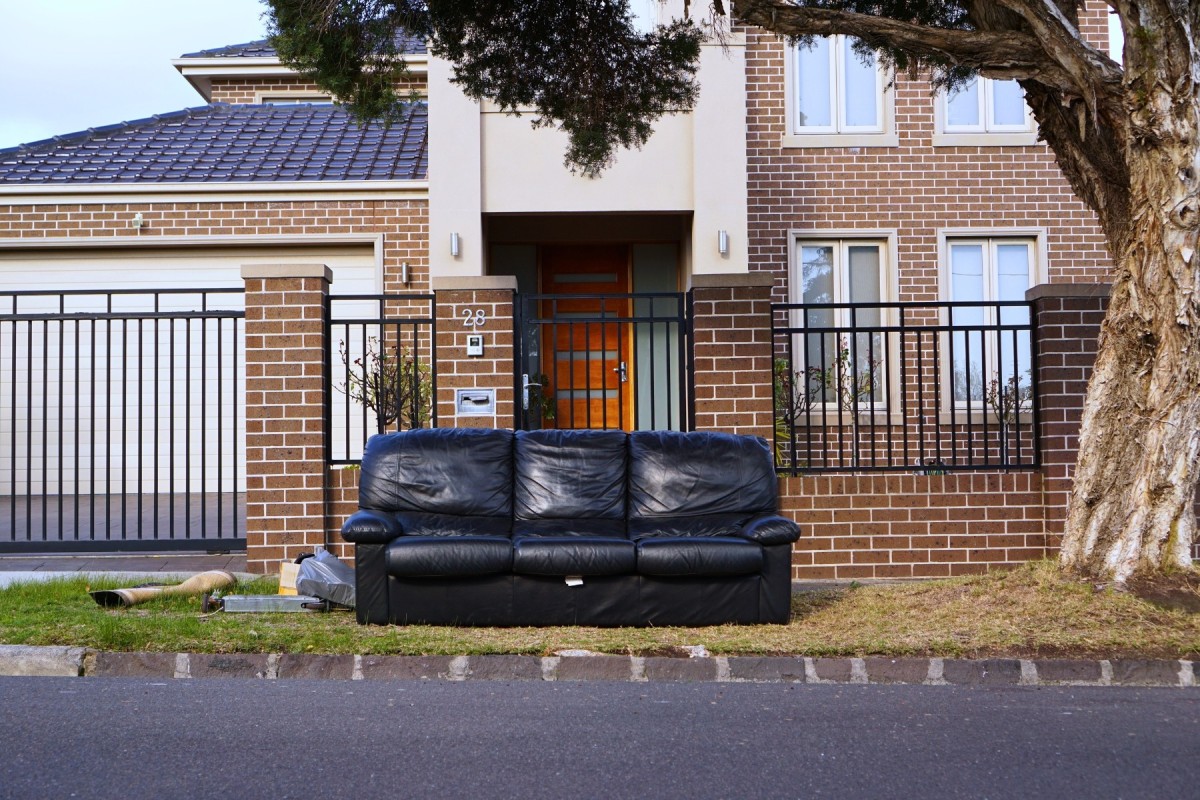
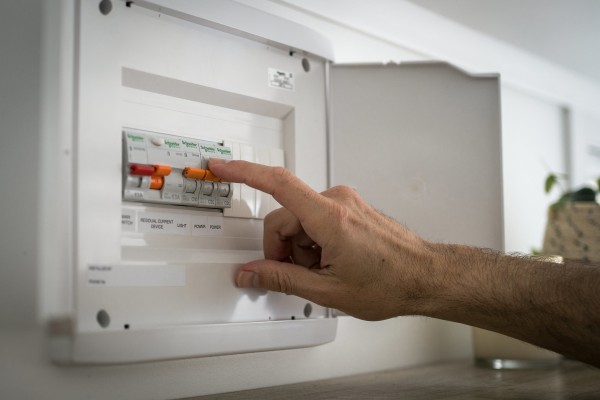


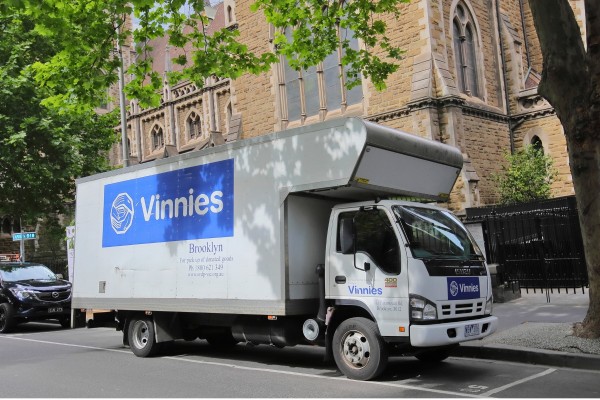

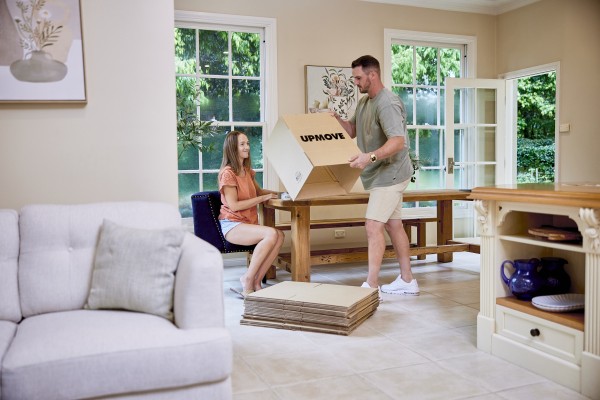
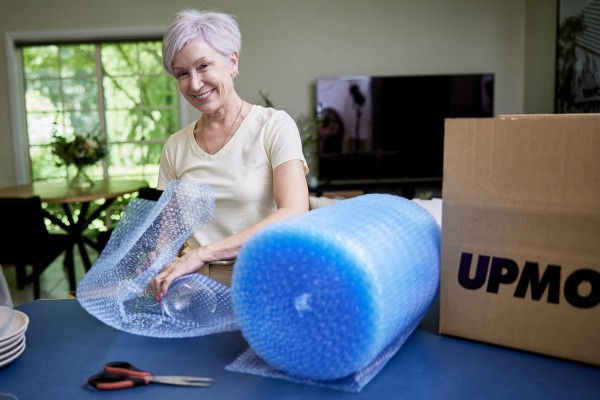



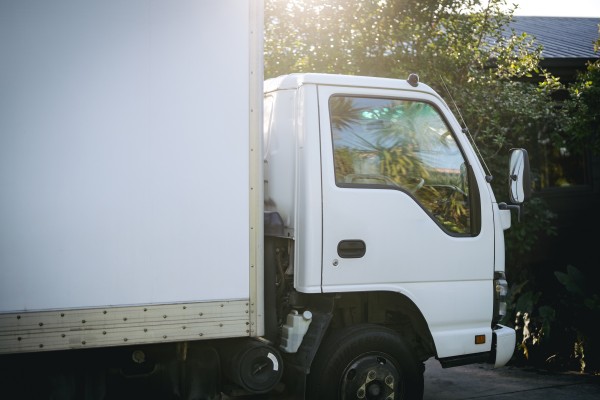

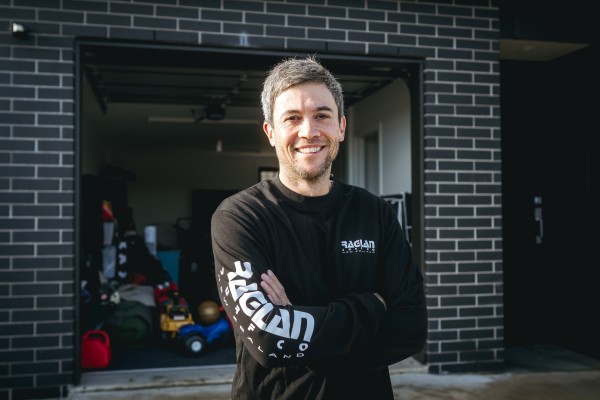

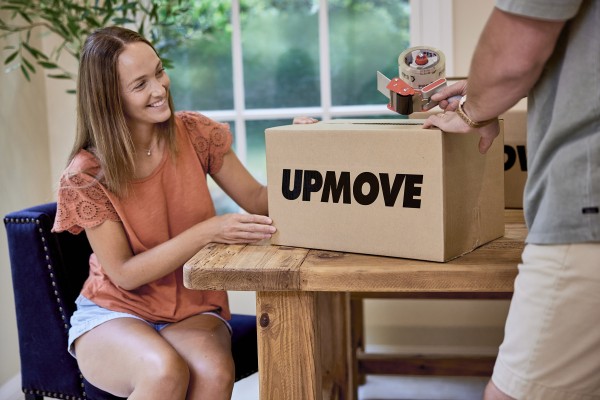
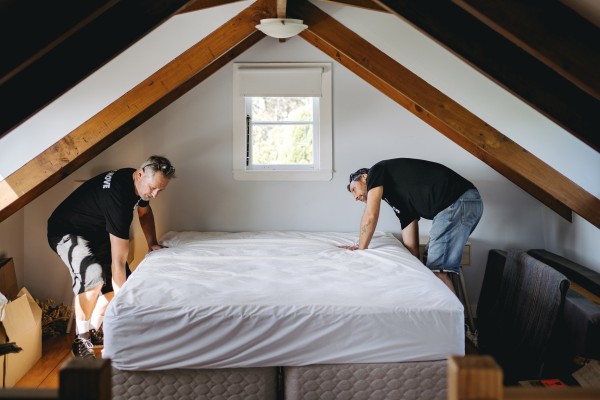





![Electric Bass Guitar Amplifier [90x70x35cm ; 50kgs], Electric Bass Gui... Electric Bass Guitar Amplifier [90x70x35cm ; 50kgs], Electric Bass Gui...](https://cdn.upmove.com.au/image/listing/3526991a6bdc56e645ac1b2a540b126e.jpeg)



